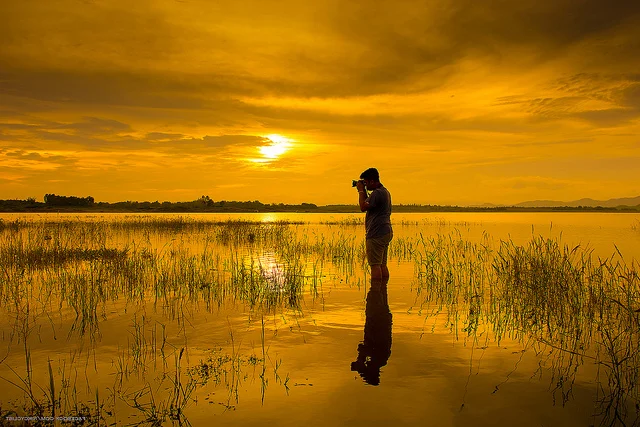Photography is a powerful art form that enables us to freeze moments in time and convey emotions, stories, and perspectives through images. Whether you are a professional photographer or an enthusiastic hobbyist, the desire to create good photography is universal. But what exactly makes a photograph “good”? Is it the technical precision, the composition, or the subject matter? In this article, we will explore the secret to good photography, unraveling the key elements that contribute to creating captivating and memorable images.
Mastering Composition: The Framework of Good Photography
Composition is the backbone of every successful photograph. It is the arrangement of elements within the frame that guides the viewer’s eye and creates a sense of balance, harmony, and visual interest. To achieve good composition, consider these essential aspects:
a) Rule of Thirds: Divide your frame into a 3×3 grid, both vertically and horizontally, and place the main subject or points of interest along the gridlines or at their intersections. This technique adds balance and visual tension to your image.
b) Leading Lines: Incorporate leading lines—such as roads, rivers, or architectural features—that guide the viewer’s gaze into the image and create depth and perspective.
c) Framing: Utilize natural or man-made elements in the scene to frame your subject, drawing attention to it and adding context to the photograph.
Mastering Light: Illuminating Your Vision
Light is the essence of photography, and understanding its behavior and harnessing it effectively is crucial to creating good photographs. Different lighting conditions produce unique moods, and learning to work with light will elevate your images to new levels. Consider the following aspects:
a) Golden Hour: The hours around sunrise and sunset offer warm, soft, and flattering light. The long shadows and warm tones enhance the overall mood of your photographs.
b) Diffused Light: Overcast days or shooting in shaded areas provide a soft and even light that minimizes harsh shadows. It is ideal for portraits or capturing intricate details.
c) Experimenting with Shadows: Shadows can add depth, texture, and drama to your images. Play with the interplay between light and shadows to create compelling compositions.
Telling a Story: Eliciting Emotions and Engaging Viewers
A good photograph tells a story or evokes emotions in the viewer. It transcends mere documentation and connects with people on a deeper level. Consider these elements to add narrative and emotional impact to your images:
a) Moment and Expression: Capture candid moments that reveal genuine emotions and expressions. Anticipate and be ready to seize those decisive moments that tell a story.
b) Context and Environment: Incorporate elements of the surroundings to provide context and a sense of place. This helps viewers connect with the subject and the broader narrative.
c) Selective Focus: Use depth of field and focus techniques to draw attention to the main subject while creating a sense of depth and separation from the background.
Technical Proficiency: Mastery of Equipment and Settings
Having a solid grasp of your camera and its settings is essential to execute your creative vision effectively. Technical proficiency allows you to have control over your photographs and adapt to different shooting situations. Pay attention to the following aspects:
a) Exposure: Understand the exposure triangle—aperture, shutter speed, and ISO—to achieve the desired brightness, sharpness, and depth of field in your images.
b) White Balance: Adjust the white balance settings to ensure accurate color reproduction under different lighting conditions. This prevents images from appearing too warm or cool.
c) Focusing Techniques: Explore different focusing modes and techniques, such as single-point focus or continuous autofocus, to ensure your subject is sharp and well-defined.
Post-Processing: Enhancing Your Vision
Post-processing is the digital darkroom where you can refine and enhance your images to bring them closer to your creative vision. While it cannot replace good composition and storytelling, it can elevate your photographs to new heights. Consider the following steps:
a) Organize and Select: Cull through your images, selecting the best ones that align with your vision and story. Discard duplicates or images that don’t contribute to the narrative.
b) Basic Adjustments: Make basic adjustments like exposure, contrast, and saturation to fine-tune the overall look and feel of your photograph.
c) Creative Editing: Experiment with more advanced editing techniques, such as dodging and burning, selective adjustments, and color grading, to enhance specific elements and evoke the desired mood.
Conclusion
Good photography is a result of a harmonious blend of composition, light, storytelling, technical proficiency, and thoughtful post-processing. By mastering these key elements, you can unlock the secret to creating captivating and memorable images that connect with viewers on an emotional level. Remember, good photography is not merely about capturing what is in front of the lens but also about expressing your unique perspective and vision as an artist. So, go out, practice, experiment, and let your creativity unfold through the lens.



